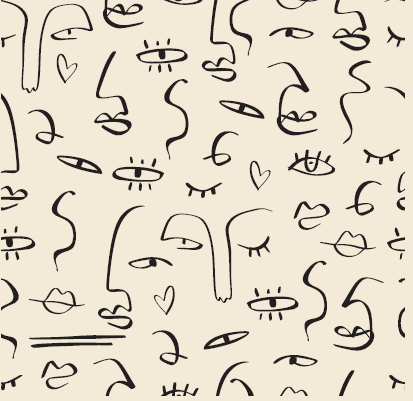WHO CAN SAY WHAT IS BEAUTIFUL?
We have an inner concept of beauty. It involves finding a balance between objective criteria and subjective impressions and having a capacity to perceive order, symmetry and harmony. For an object to be perceived as beautiful, we need a balance between the whole object and its parts and also the various parts in relation to each other. When such a balance is absent, we say that something is ‘unaesthetic’.
Attempts to define beauty trace back to classical times. Throughout history, particularly in the Western world, artists and people have celebrated many concepts of beauty at different places and times. For instance, the ancient Greeks believed that a beautiful face had to have a harmonious proportion of facial features. For them, the ideal face had three equal vertical sections and was two thirds as wide as it was high. In modern times, a number of artists and art historians have added the component of symmetry to the mix.
The dominant class or culture has always played a monopolistic role in defining the standards of beauty, particularly for women. For instance, royalty once served as the sole models of beauty. Queen Elizabeth I and the noblewomen of her court defined what was fashionable by dyeing their hair, trimming their eyebrows and applying a lot of cosmetics to their cheeks. As another example, before World War I, curvy faces and bodies were popular. However, since motion pictures became popular, the faces and bodies of Hollywood stars have often defined the elements of beauty.

